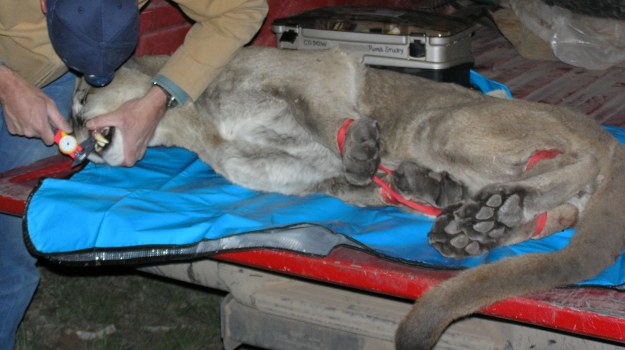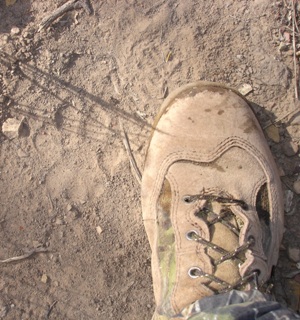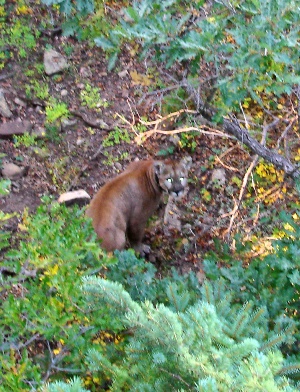Mike Magrew | Mossy Oak ProStaff Regional Manager

We are all guilty of getting caught up in judging our hunts on whether or not we were able to punch our tags on an animal. As I have gotten older and a little bit wiser, I have come to see my hunts, especially my out of state trips, as the prize in itself. Tagging a critter is always a bonus. I have been very blessed to have made multiple trips to hunt in the Rocky Mountains, and since my first trip, it has become my passion. I think this passion has been fueled by the history of the Rockies and not knowing what kind of animal you could run into next.
Several years ago while on a DIY bow hunt in Colorado, I had one of my greatest experiences. I had two tags that year, an elk and a black bear tag. Since I had never taken a bear, I spent a lot of time that year in a particular drainage that we had always seen black bears in during our past hunts. We had also taken several elk in this same drainage over the years so the spot would be great for either animal. I located a large Spruce tree that overlooked the creek at the bottom of the drainage and several game trails that ran along the creek. I set my tree stand in the Spruce and cleared a couple shooting lanes.
 The following morning, as the first light of the day began to glow, I got settled into my tree stand and began my wait. Just after sun up I caught movement over my right shoulder. At first glance, and only seeing small portions of tan fur through the brush, I thought it was a mule deer. I noticed that whatever it was, it made no noise even though it hadn’t rained in weeks and everything was extremely dry. Then it walked into an opening I was awestruck by what I saw.
The following morning, as the first light of the day began to glow, I got settled into my tree stand and began my wait. Just after sun up I caught movement over my right shoulder. At first glance, and only seeing small portions of tan fur through the brush, I thought it was a mule deer. I noticed that whatever it was, it made no noise even though it hadn’t rained in weeks and everything was extremely dry. Then it walked into an opening I was awestruck by what I saw.
It was a large mountain lion headed right for my tree. As the lion walked directly under my tree I slowly stood up and pulled my camera from my pocket. When the lion got to the trail I had walked in on, he stopped, smelled the ground, and sat down. As I aimed my camera I noticed that the lion was collared and ear tagged. Just as I took the picture of the lion, it looked up at me and I saw his eyes reflect back against the flash of the camera. The lion stood up after a few moments and slowly walked away but again, there was no sound as it traveled. I began to shake uncontrollably from the close encounter just as if I had shot the lion with an arrow.
 The following day I made the same journey to my stand before light. The morning hunt was uneventful but as I walked out, I noticed lion tracks on top of my tracks heading the same direction. It appeared from the tracks that the lion had followed me in, taking the same game trails that I had taken. The hair on the back of my neck raised and I realized that in this country I was not at the top of the food chain.
The following day I made the same journey to my stand before light. The morning hunt was uneventful but as I walked out, I noticed lion tracks on top of my tracks heading the same direction. It appeared from the tracks that the lion had followed me in, taking the same game trails that I had taken. The hair on the back of my neck raised and I realized that in this country I was not at the top of the food chain.
I later found out that the Colorado Division of Wildlife had been conducting a “Puma Project” for the unit I was hunting in. I was able to contact the biologist conducting the study and share the info on the lion, tag color, location, etc. I was advised that the lion was a full grown adult male, five or six years old and that he probably weighed between 150 – 170 pounds. The biologist also sent me actual photographs of when the lion had been caught, ear tagged and collared.
That particular trip out West goes down as one of my best trips even though I didn’t tag an animal. So always try to keep things in perspective when you travel out of state on a hunt. Try to always look at the trip as the adventure; tagging an animal is the cherry on top.






























